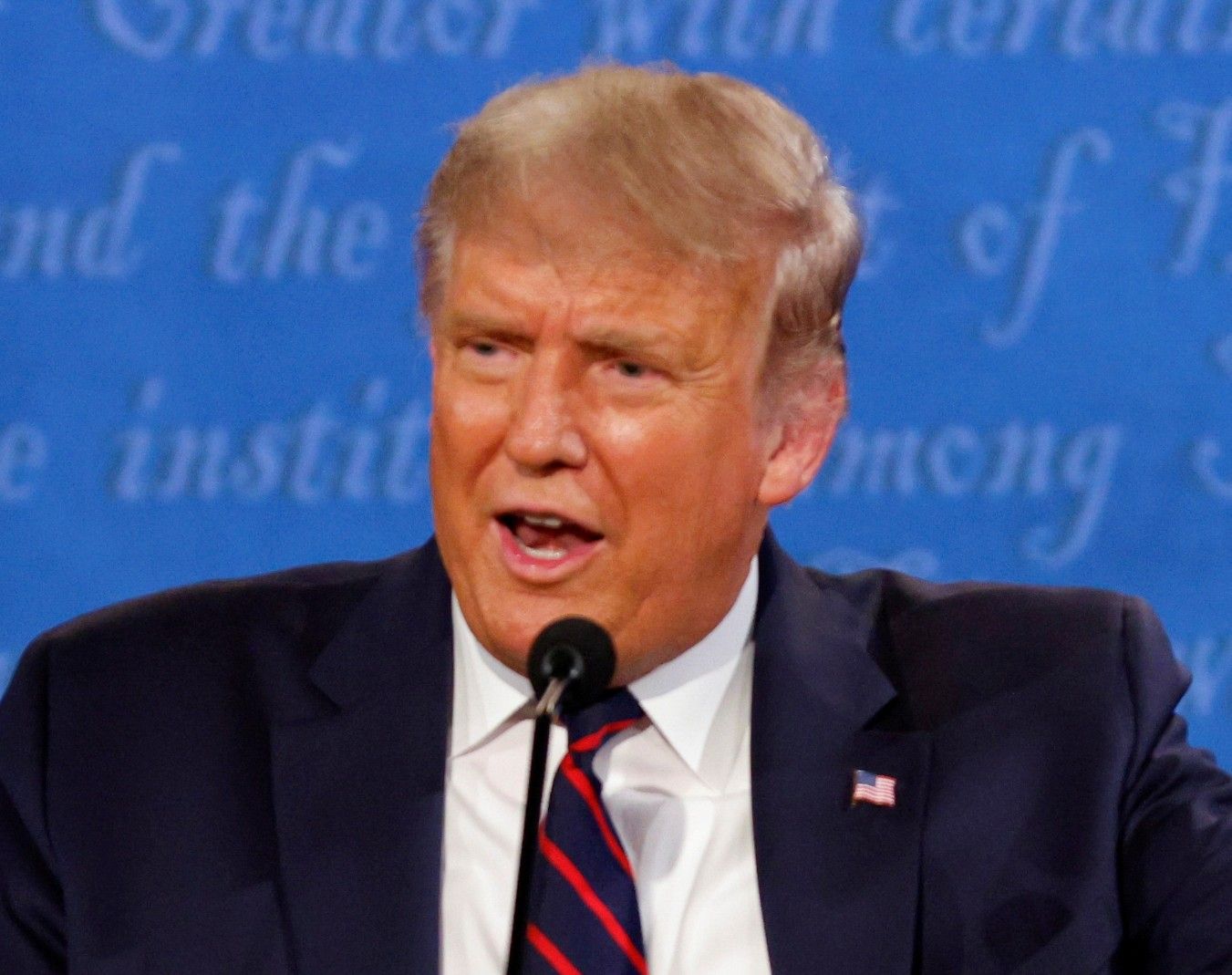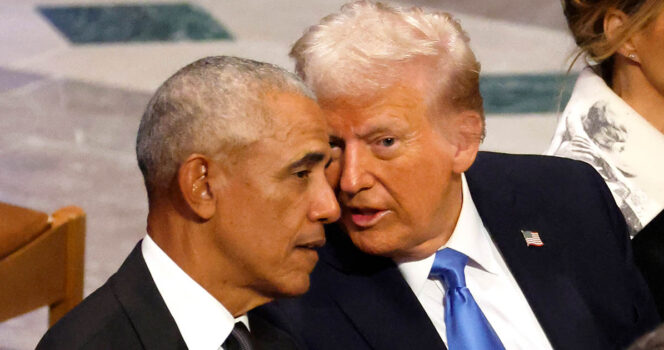Former U.S. President Donald J. Trump has been one of the most visible figures in American politics, business, and popular culture for decades. Alongside his policies and public statements, one aspect of his public image has consistently drawn attention: his distinctive skin tone, often described as an orange or bronze complexion.
The question of why Donald Trump looks this way has been the subject of jokes, speculation, and memes across social media. But beyond the internet humor, there are legitimate discussions regarding factors such as tanning practices, makeup use, lighting conditions, and genetics.
This article takes a comprehensive, fact-based look at Trump’s complexion, drawing only from verified information and reputable sources, to explain why the former president often appears more orange-toned than other public figures.
Public Awareness of Trump’s Appearance
Donald Trump’s complexion has been a subject of commentary since long before he entered politics. As a businessman and television personality, he became known for his tanned appearance on NBC’s The Apprentice. However, his time as the 45th President of the United States (2017–2021) placed him under intense public and media scrutiny, which amplified observations of his orange-toned skin.
Media outlets including The New York Times and BBC News have documented public reactions, noting that Trump has denied using artificial tanning methods such as tanning beds. In 2019, The New York Times reported that White House staff attributed his complexion to “good genes” and cosmetic application, rather than spray tans【NYT】.

Possible Explanations for Trump’s Complexion
Several factors can explain why Trump’s skin tone appears orange in photographs and on television.
1. Cosmetic Makeup and Bronzer
Makeup experts have suggested that Trump often uses bronzing makeup to maintain a consistent look under television lights. Bronzer is a cosmetic product designed to add warmth and color to the skin. Depending on the application and lighting, bronzer can create an orange hue.
According to a report by The Washington Post, individuals close to Trump acknowledged that he applied bronzing powders regularly, particularly during his presidency, to achieve a tanned look suitable for television and stage appearances.
2. Artificial Tanning Practices
Although Trump has denied frequent use of tanning beds or spray tans, speculation around tanning products persists. Dermatology experts note that self-tanning lotions and sprays can cause an orange-toned effect due to dihydroxyacetone (DHA), a chemical that interacts with amino acids in the skin to produce a temporary color change.
A review by the American Academy of Dermatology (AAD) explains that over-application of DHA-based products, or mixing them with other cosmetics, can exaggerate orange or bronze tones.

3. Lighting and Photography Conditions
Television studio lighting, campaign rally spotlights, and flash photography can all dramatically affect how skin tone appears. Warm-toned lighting, in particular, tends to amplify orange and red hues.
Professional photographers have noted that Trump’s complexion often looks different depending on whether photos are taken in natural daylight, indoors under yellow lighting, or during televised events. The BBC highlighted that his complexion appeared less orange in cooler lighting environments.
4. Natural Skin Tone and Genetics
Skin tones vary naturally among individuals based on genetics, sun exposure, and lifestyle factors. While makeup and tanning products may play a role, Trump himself has attributed his appearance to genetics.
In 2019, Trump told reporters that his skin tone came from having “great genes.” Though this statement was criticized for lacking scientific detail, genetics do influence how skin responds to sun exposure and how pigmentation develops.

Public Statements and Media Coverage
Donald Trump has addressed questions about his appearance multiple times. In 2016 and again in 2019, he denied using tanning beds or spray tans. The White House officially told The New York Times that his complexion was the result of “good genes” combined with “proper lighting.”
Meanwhile, cosmetic professionals interviewed by outlets like Reuters and CNN have explained that the look is consistent with bronzer or self-tanning products.
Trump’s complexion has also been parodied on late-night television and in political cartoons, but dermatologists caution against treating it as purely humorous. Instead, they point out it is likely the result of a combination of makeup, lighting, and possibly tanning practices.
The Role of Image in Politics
The attention given to Trump’s complexion also reflects the broader role of image in political communication. Leaders are often judged not only by their policies but also by their presentation, including clothing, body language, and appearance.
Historians note that image management has long been important in U.S. politics—from John F. Kennedy’s television appeal in the 1960 debates, to Barack Obama’s carefully curated public style. For Trump, his distinctive appearance became a recognizable part of his personal brand, reinforcing his identity as a businessman-turned-politician.

Dermatology and Expert Opinions
Dermatologists emphasize that variations in complexion are common and can be influenced by:
- Sun exposure: Trump has been known to golf frequently, which increases sun exposure.
- Use of tanning products: Overuse or uneven application can create orange tones.
- Cosmetic bronzers: Heavy or stage-ready applications can appear exaggerated under lighting.
- Photography variables: Different camera settings alter color balance, sometimes distorting natural skin tones.
According to the Cleveland Clinic, bronzing makeup combined with strong lighting can easily create the orange-toned look frequently associated with Trump.
Cultural Impact of Trump’s Complexion
Trump’s appearance has become a pop culture talking point. The phrase “orange tan” has been widely used on social media platforms, often in memes. While some use it as satire, others point to it as an example of how appearance-based commentary shapes public opinion.
Communication scholars argue that media focus on appearance—whether hair, skin, or clothing—can overshadow substantive discussions of policy. In Trump’s case, however, his complexion became part of his identity in both political and entertainment contexts.

Conclusion
Donald Trump’s orange-toned complexion has long intrigued the public. While internet jokes continue to circulate, a fact-based explanation points to a combination of bronzer or makeup use, possible self-tanning products, frequent sun exposure, and the effects of stage or studio lighting.
Trump has denied tanning bed and spray tan use, attributing his look to genetics, while experts suggest cosmetic bronzers and lighting play a significant role.
Ultimately, Trump’s appearance highlights how image and presentation remain powerful elements in modern politics. Whether on television, at campaign rallies, or in photographs, his distinctive complexion has become as recognizable as his business and political career.
